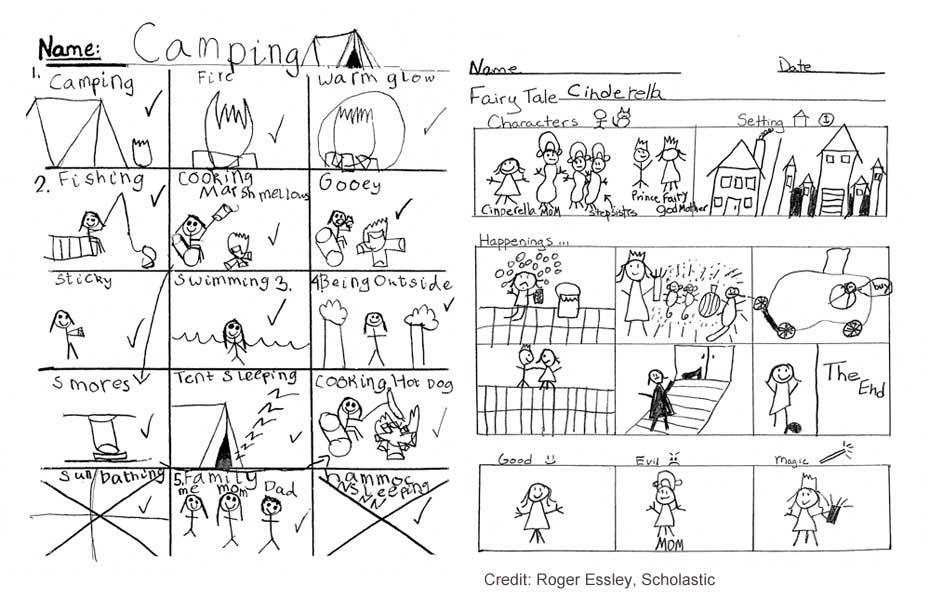Visual Transitions

By Edith Yang
For children who were born deaf, learning to read English is a challenge because they have never heard spoken English. Children who can hear learn to read by translating the sounds of spoken language into written words. But deaf children communicate not through sounds but through signs and gestures. This visual language has no written version. To help deaf children learn to read, visual elements are given to spoken words.
At St. Francis de Sales School for the Deaf in Crown Heights, Brooklyn, teachers have been using an unusual method to help their pupils — a method designed not for the deaf in particular, but for any child who has difficulty learning to read. Picture books, props and drawings are all part of the method, based on a book by Roger Essley called “Visual Tools.”
“We universally start readers with picture books, because we understand that pictures build a context to understand written words,” said Essley, an author and illustrator who has been working with teachers to develop a more visual approach to learning how to read and write.
He said that drawing provides children with an outlet to express themselves on paper, and the drawings become visual notes that help them sequence their thoughts.
“The storyboard provides a visual transition. It’s a visual way of describing events that they can sign about, and turn into English words,” he said. English is confusing to deaf children because both the words and the grammar are different from signed language.
Mona Greenfield, a New York-based speech pathologist who has worked with deaf children for 15 years, said that part of the difficulty in teaching deaf children English is teaching them English grammatical structure.
“ASL has a whole different structure,” said Greenfield about American Sign Language. “Like, ‘I want a cookie,’ is ‘Cookie me’ in sign language. That is a problem because they don’t learn grammatical English.
In 2000, a Gallaudet University study found that half of deaf children are reading only at the fourth grade level by the time they graduate from high school.
At St. Francis de Sales School for the Deaf, the reading room is filled with rows of books labeled for various reading levels. Books range from picture books for basic readers to “The Boxcar Children” for fourth-grade level readers. Michele Gennaoui, the school’s literacy coordinator, flips through pages of several advanced-level books to show how daunting they can seem to her students.
“You jump to fourth grade, and look at the sentence structure,” she said. “Where are the pictures? This is hard.”
To teach her students to read, she uses books matched to their skill level and toys associated with the books.
“We’ll play with them and we’ll start writing about them,” said Gennaoui. “You might call it pre-writing.”
The answer to literacy for deaf children is not simple, according to Gennaoui, but using Essley’s method and other visual tools are methods she finds helpful.
“Teaching is difficult for all the myriad of reasons, but teaching deaf children is very difficult,” she said. “You know how they say ‘It’s not rocket science’? It is rocket science.”

